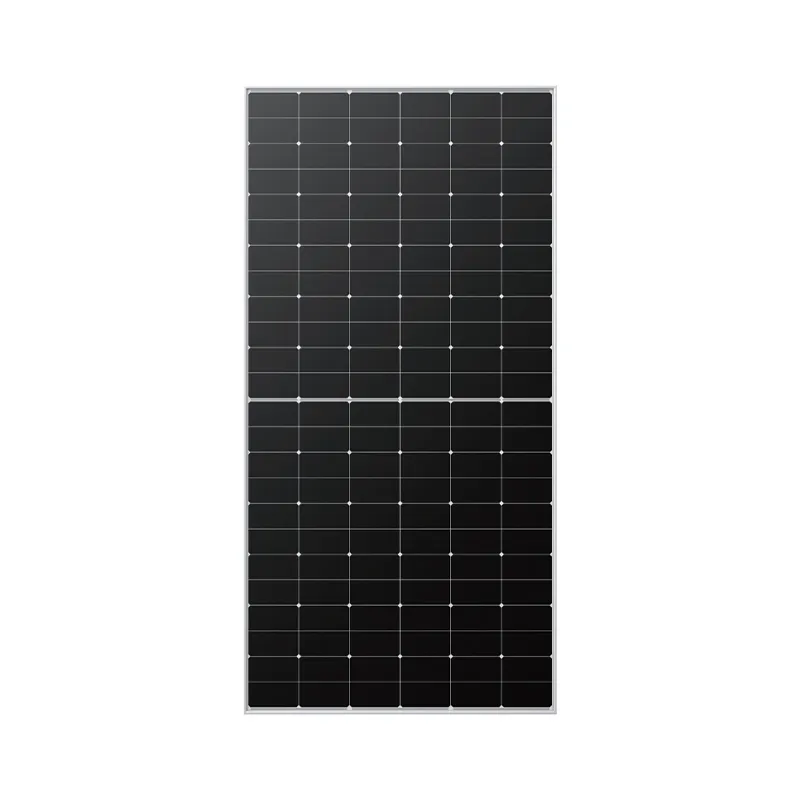1kva solar panel size
Understanding the Size of a 1kVA Solar Panel System
As we move towards more sustainable energy sources, solar power is becoming increasingly popular among homeowners and businesses alike. One of the common inquiries potential solar users have pertains to system size, particularly for a 1kVA solar panel setup. To understand the implications of this size, it’s essential to consider various factors such as energy needs, efficiency, space requirements, and the components involved in a solar panel system.
What Does 1kVA Mean?
Before diving into the specifics of system size, it's crucial to understand what 1kVA signifies. kVA (kilovolt-amperes) is a unit of apparent power used to describe the total amount of energy used by electrical devices. For solar energy systems, particularly in various regions, kVA is often used interchangeably with kW (kilowatts), although they measure slightly different aspects. A 1kVA system is capable of delivering approximately 1kW of power under optimal conditions.
Calculating Energy Needs
To determine the appropriateness of a 1kVA solar panel system, you need to evaluate your energy consumption. A typical household uses between 600 to 1,200 kWh per month, depending on the number of occupants and appliances. To assess your specific needs, start by reviewing your electricity bills for the last year. This will give you a solid baseline.
If your total energy consumption aligns closely with the output of a 1kVA system, this setup might be ideal. However, a 1kVA system generates around 4 to 5 kWh per day, assuming average sunlight exposure of 5 hours. If your daily consumption exceeds this, you may require a larger system.
Ideal Location and Sunlight Exposure
The effectiveness of a 1kVA solar panel system heavily depends on sunlight exposure and geographical location. Some regions receive consistent sunlight throughout the year, while others experience significant seasonal variations. For instance, areas near the equator tend to have higher average solar radiation, making a 1kVA system more efficient and effective.
If you’re located in a less sunny region, or if there are significant obstructions such as trees or buildings, the overall performance of your solar array can diminish, and you may need to consider a larger system to meet your energy demands.
Size of the Solar Panel System
1kva solar panel size

A typical 1kVA solar panel system generally consists of solar panels, an inverter, battery storage (if applicable), and mounting hardware. The physical size of the solar panels will depend on their efficiency ratings.
Most solar panels range in output from 250W to 400W each. Hence, to achieve approximately 1,000W (1kVA), you would require about 3 to 4 panels. If you opt for 300W panels, you'd ideally use 3-4 panels, which would occupy around 18 to 25 square meters. Thus, space availability is another critical factor when considering this installation.
The Components of the System
1. Solar Panels These are the main components that convert sunlight into electricity. The quality and type of panels (monocrystalline, polycrystalline, or thin-film) will affect the overall efficiency and space requirements.
2. Inverter This device converts the DC electricity generated by solar panels into AC electricity, which is what most home appliances use.
3. Mounting and Racking Correct installation is essential for optimal performance. The mounting system must be durable and positioned to maximize sunlight exposure.
4. Batteries (Optional) For those who wish to store energy for nighttime use or for outages, batteries can be added to the system. However, this can increase both the complexity and cost of the installation.
5. Monitoring System Many setups now include monitoring systems that allow users to track energy production and consumption, which can help in managing usage more efficiently.
Conclusion
In summary, a 1kVA solar panel system can be an excellent option for those with moderate energy needs, adequate space, and suitable sunlight exposure. Thoroughly assessing your energy consumption, considering your geographical location, and understanding the components of the system will enable you to make an informed decision. Whether you're looking to reduce your carbon footprint or want to achieve energy independence, transitioning to solar energy is a forward-thinking step that can lead to substantial benefits in the long run.
-
Unlocking Energy Freedom with the Off Grid Solar InverterNewsJun.06,2025
-
Unlock More Solar Power with a High-Efficiency Bifacial Solar PanelNewsJun.06,2025
-
Power Your Future with High-Efficiency Monocrystalline Solar PanelsNewsJun.06,2025
-
Next-Gen Solar Power Starts with Micro Solar InvertersNewsJun.06,2025
-
Harnessing Peak Efficiency with the On Grid Solar InverterNewsJun.06,2025
-
Discover Unmatched Efficiency with the Latest String Solar InverterNewsJun.06,2025







